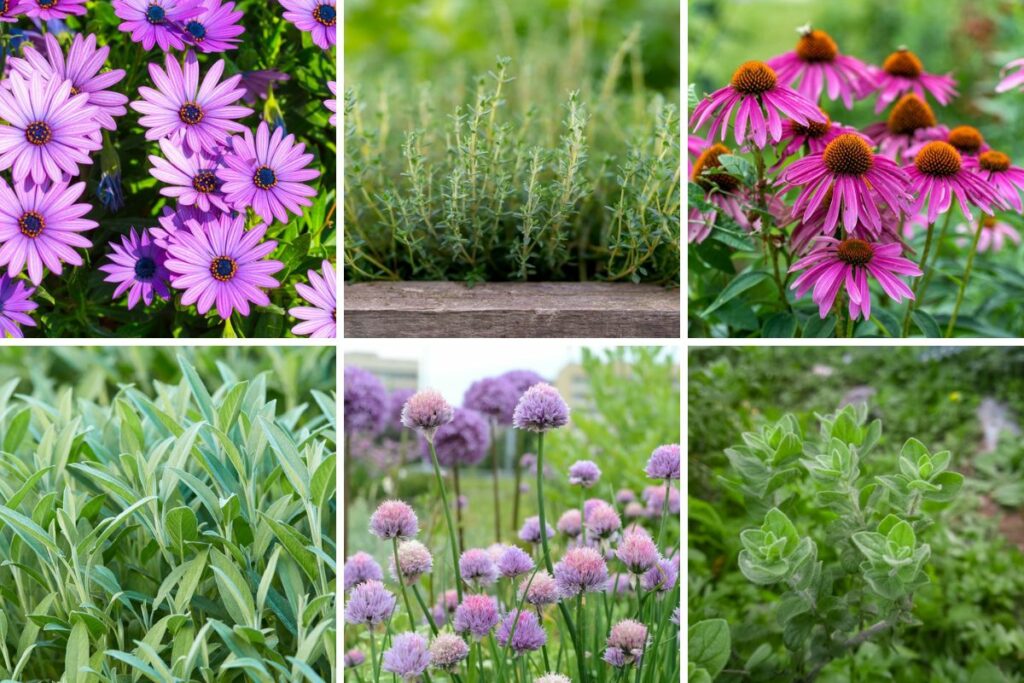
Lavender is a lovely plant that is a fairly common choice for most gardens. Not only does this type of plant create a pleasant smell where it is planted, but it will also add beautiful shades of purple throughout your garden.
There are about four or five primary types of the lavender plant that you can find to plant in your outdoor space, but when the different options are cultivated and mixed to together, they grow into an entirely different species.
Overall, these plants are simple to grow. Most lavender plants are hardy, which means they can handle drought conditions with a lot of heat. Each option is going to have different growing requirements that you will need to follow.
Let’s take a look at 20 different types of lavender plants that you can easily grow.
1. English Lavender

One of the most common types of lavender is English lavender. It originates in the Mediterranean, and it grows in clusters that are shades of pink, blue, and violet. They can grow to be up to 3 feet tall, and they can be seen growing in zones five to nine.
2. Spanish Lavender

This is a type of lavender that is more suited for warm to hot climates, which makes it ideal for hardiness zones eight and nine. This plant will grow to be up to two feet in height, and the sweet-smelling purple blooms that can be seen slightly resemble rabbit ears.
3. French Lavender

This is a variation of lavender that is tolerant of drought. It requires very little to maintain the plant, and it can grow up to 3 feet tall in zones eight to 11. It will not create as much of an aroma, but it does have a mild, sweet smell.
4. Portuguese Lavender

Portuguese Lavender is another variation that originates from the Mediterranean and prefers to grow in zones six to eight in the United States. The scent of this plant is stronger than the English variety and is a bit more pungent. The plant typically blooms from late spring to late summer.
5. Egyptian Lavender

These perennial plants have a long stem and a pale purple flower. They bloom during the spring and the summer in zones six to eight, and they can grow to be 3 feet tall. Overall, they are easy to maintain, but they do have a pungent smell that can be unpleasant.
6. Hidcote English Lavender
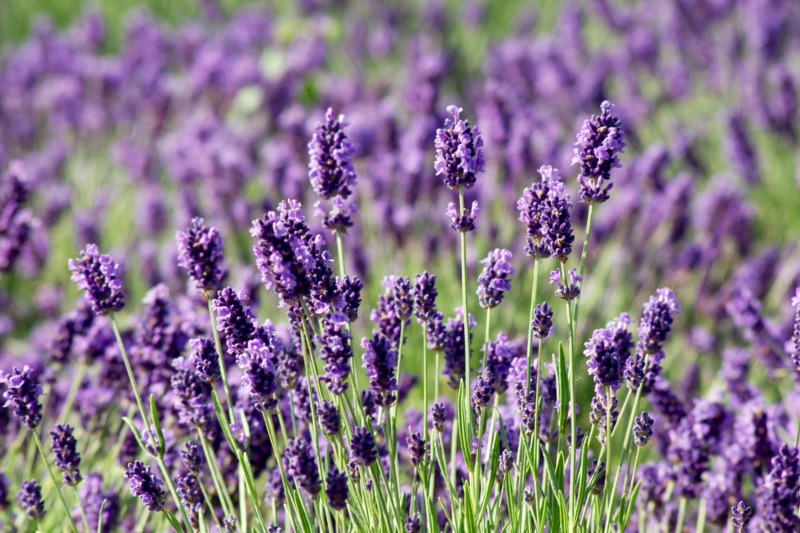
The hidcote is a dwarf variety of lavender that is found in zones five to nine. It is a drought-tolerant plant that will be ideal for bringing butterflies and bees to your garden. At around 2 feet, this is a plant that can create a fresh scent for your walkway.
7. Munstead English Lavender
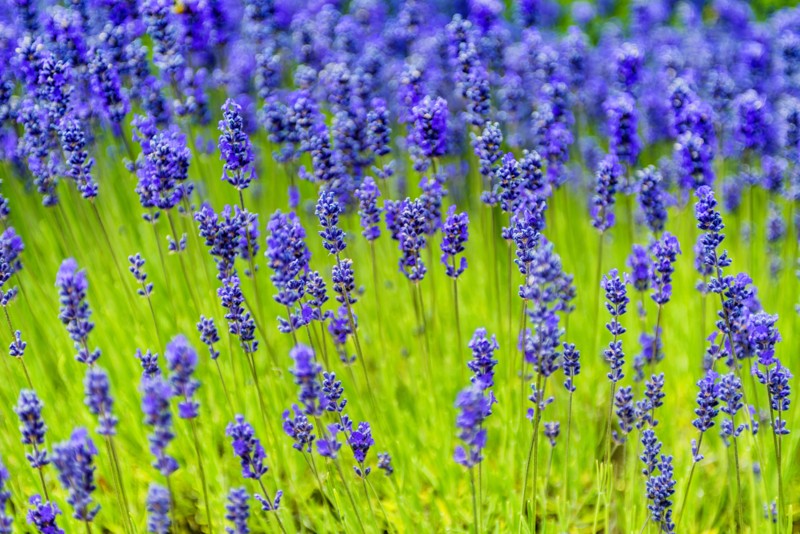
This variation has a bluish lavender shade and a sweet smell. It will live in any type of sun and soil, so maintaining it is relatively simple. It is a plant that grows best in zones five to nine, and it can even grow to be 2 feet in height.
8. Loddon Blue English Lavender
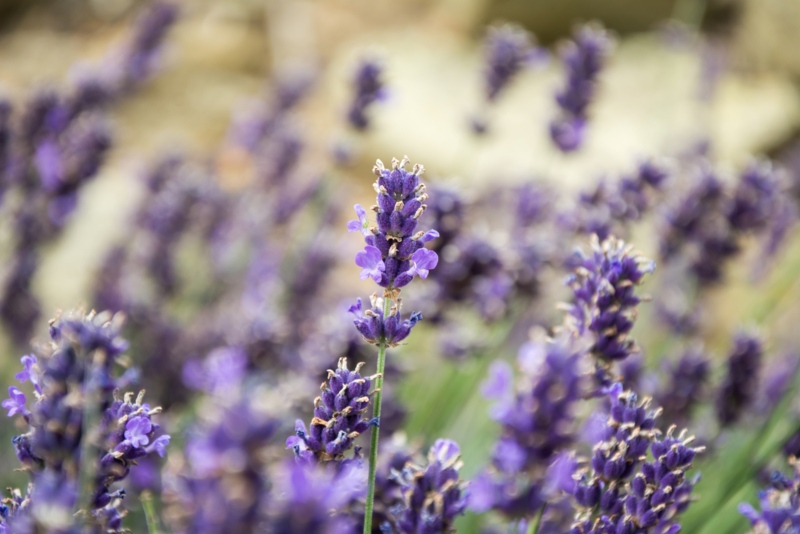
The Loddon Blue is a variation of lavender that is seen in zones four to nine. It is a hardy plant that will require full sun and moderate water. It likes slightly acidic soil, and with the right conditions, it can grow to be up to 2 feet in height.
9. Lavenite Petite English Lavender
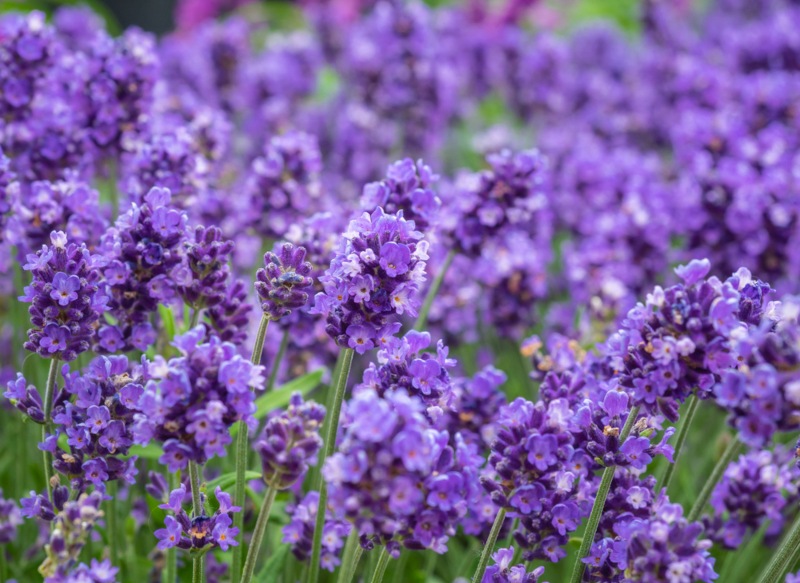
This is a bushier plant that has a long stem with flower clusters that are about 6 inches long. They grow to be up to three feet tall and can be seen in zones five to nine. This perennial is very low maintenance, and it will do best in full sun.
10. Betty’s Blue English Lavender
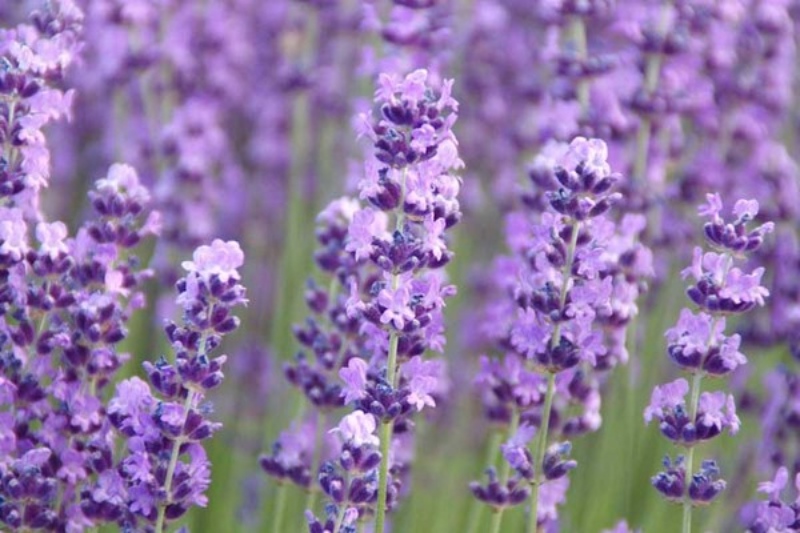
Seen in hardiness zones five through nine, this is a plant that produces blooms during the summer months that are a stunning shade of purple. These small plants typically are only about 2 feet in height, and the fragrant perennial is will do well in full sun and well-drained soil.
11. Twickel Purple English Lavender
Named after the Twickel Castle in the Netherlands, this plant can grow to have a height of up to 2.5 feet, and a width of nearly double that. This plant can have a stem of up to 8 inches long, which makes it great for borders in a large garden in zones five through eight.
12. Miss Katherine English Lavender
This is a variety of lavender that is actually pink; in fact, it is one of the darkest shades of pink. This plant grows in zones five through nine in full sun and well-drained alkaline soil. Blooms can only be seen once in the late spring of the year.
13. Rosea English Lavender
Another pink blooming lavender, the rosea is a fragrant variation that can grow to be 3 feet tall. This plant grows best in full sun and alkaline soil. It tolerates high heat and drought with ease, and the fragrant plant is ideal for attracting pollinators in zones five to eight.
14. Little Lottie English Lavender
This is another dwarf variety that will rarely grow to be more than 2 feet tall. It will do well in zones four to nine, and the blooms have small pink spikes that will look great in a small garden. They will grow best with full sun and relatively dry soil.
15. Thumbelina Leigh English Lavender
As a smaller variation of this type of plant, the Thumbelina leigh is one that has a very strong scent. It only grows to be about 1 foot in height, so it will make an excellent border for a small garden. It does well in well-drained soil and full sun in zones five to nine.
16. Regal Splendour French Lavender
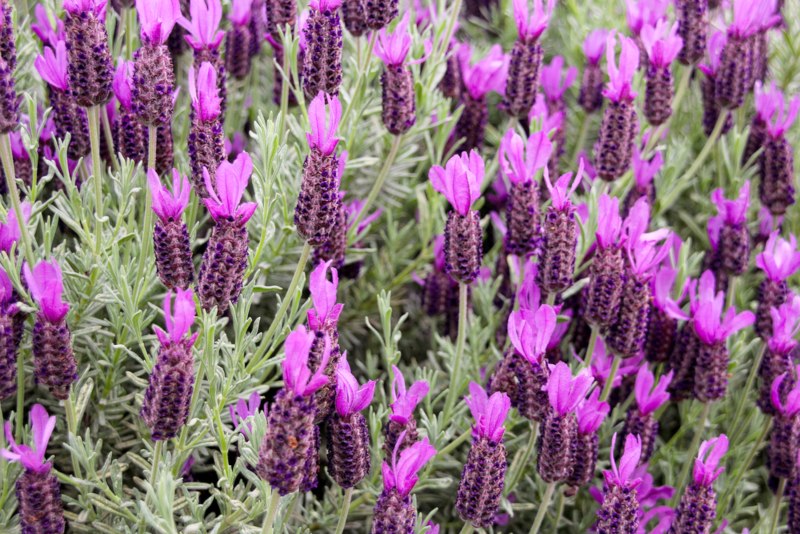
This dark purple flower can be seen growing in zones seven through nine in full sun conditions. The stalks will grow to be a little more than 2 feet in height, and the dark green foliage is a very aromatic part of the plant that can attract pollinators to any garden.
17. Anouk French Lavender
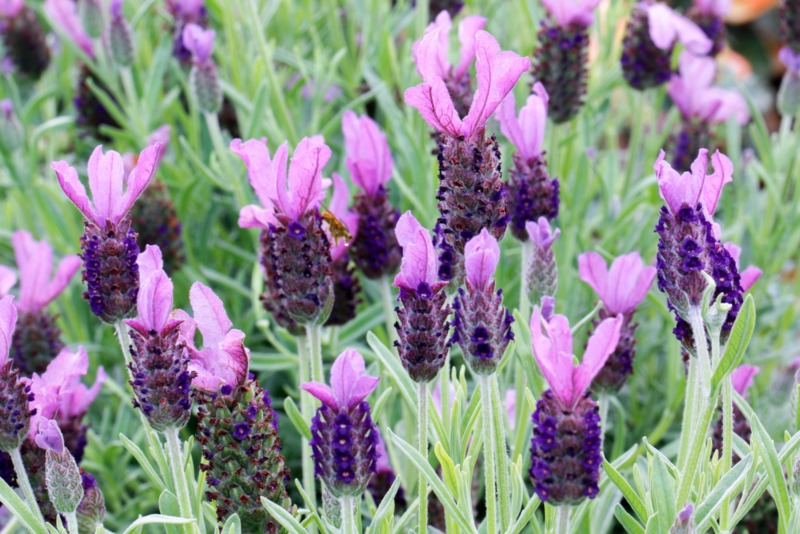
This is a dwarf variety that will only grow to be up to 1 foot in height. It has silvery, green foliage that makes it stand out, especially when the violet blooms are present in the spring. It is a plant that is seen growing in zones seven to nine in full sun.
18. Fathead French Lavender
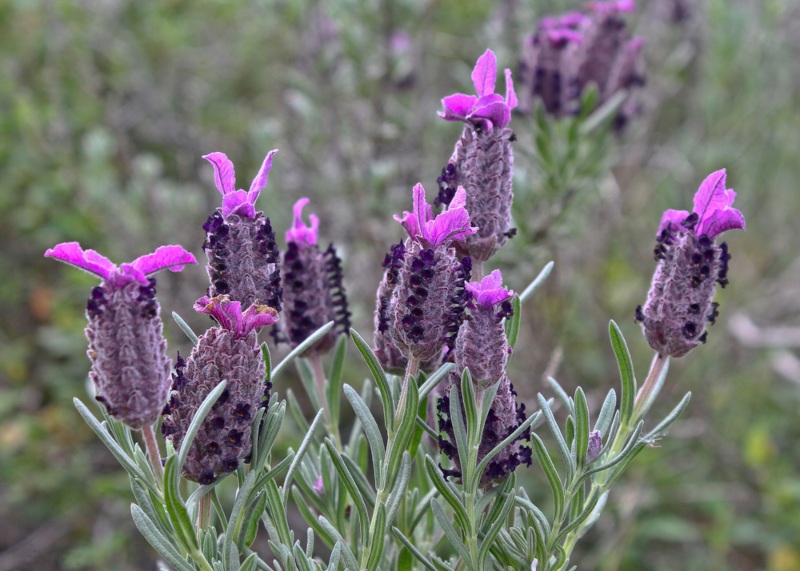
These plants can grow in hardiness zones eight and nine. They are highly aromatic plants, and the deep violet-colored blooms look great in any garden. The blooms tend to have light violet spikes on them that create a contrast of colors that attract butterflies. Typically, they thrive in full sun.
19. Hidcote Giant
This is a unique combination variety that can grow to be up to 3 feet tall. They can be seen growing in zones five through eight, and the blooms can be seen in the summer of the year. It does best in dry soil, but drainage and air circulation are still required.
20. Impress Purple
This is a strongly scented plant that is ideal for attracting butterflies to your garden space. It is a plant that will do well in full sun and dry, alkaline soil. It can be found growing in zones five through nine, and with the right care, it can grow to be up to 3 feet in height.





